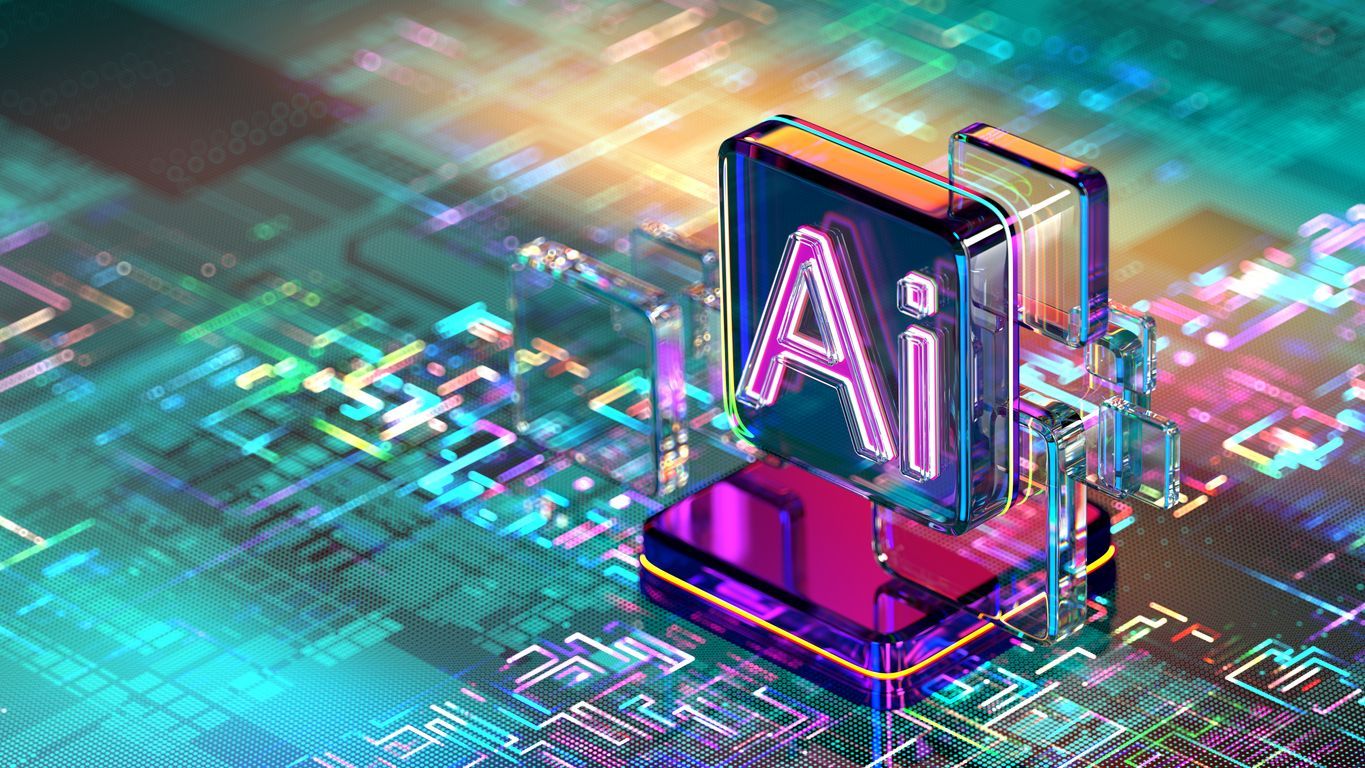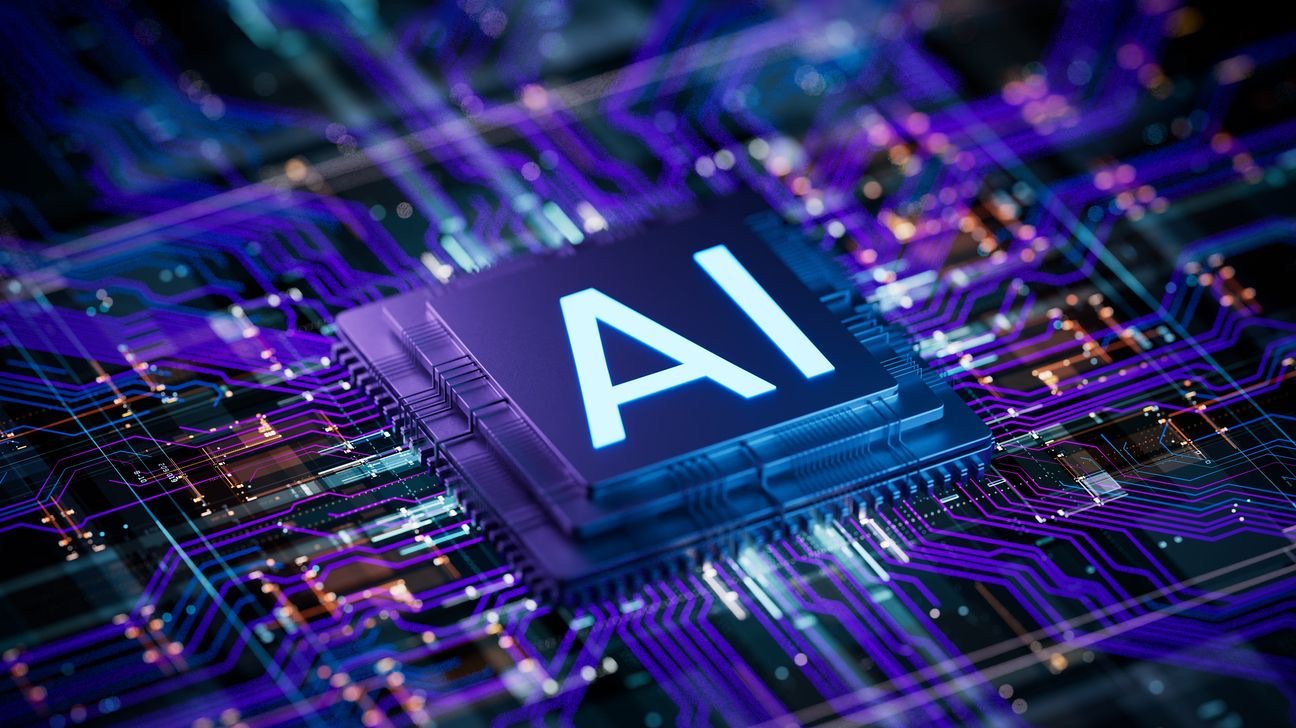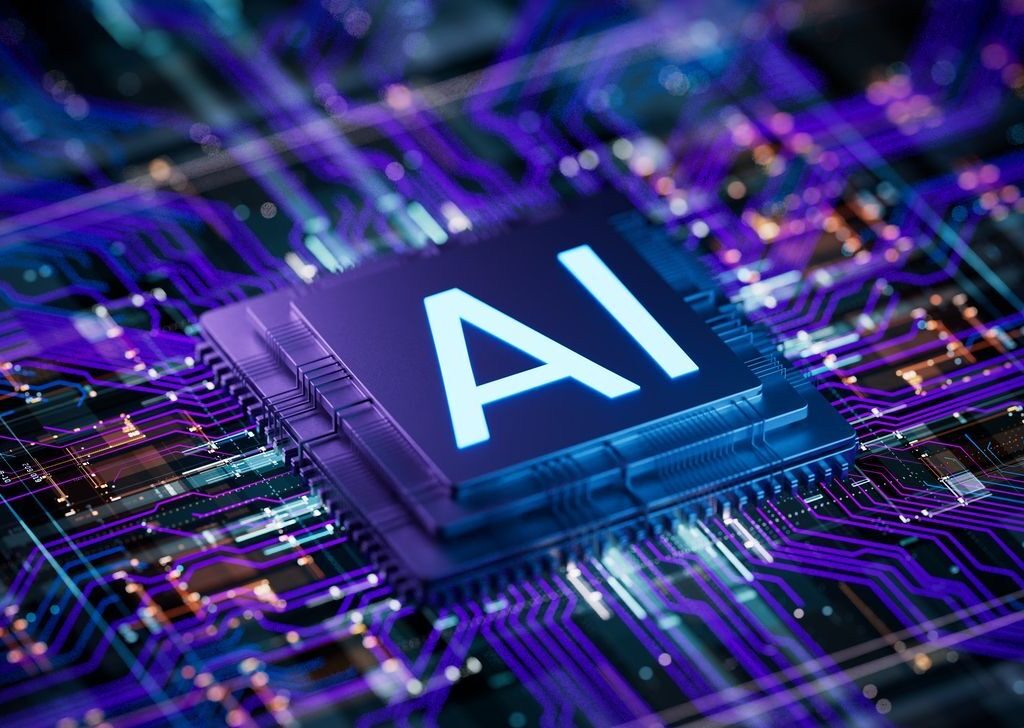Artificial intelligence (AI) and machine learning (ML) are transforming how modern organizations handle workforce planning, especially in employee scheduling software. As these technologies become increasingly sophisticated, businesses of all sizes—from bustling restaurants to global retailers—are discovering that AI-driven scheduling solutions can optimize labor costs, reduce conflicts, and enhance employee engagement. With predictive labor analytics and machine learning workforce insights, businesses can accurately forecast staffing requirements, maintain compliance with labor regulations, and keep teams productive around the clock.
In the realm of technology and innovation, AI-based tools have emerged as indispensable resources that save time, reduce managerial stress, and refine the scheduling process. For instance, advanced algorithms can recognize patterns in sales data, historical shift trends, and individual employee preferences—helping managers fine-tune shift schedules. This article dives deep into the essentials of AI, machine learning, and how these emerging technologies can revolutionize employee scheduling software for businesses worldwide. We’ll examine key benefits, real-world examples, and practical tips to help you make the most of these transformative innovations.
Understanding the Foundations of AI and Machine Learning in Scheduling
AI and ML are more than just trendy buzzwords: they are driving forces behind automated scheduling AI that can streamline labor allocation, ensure compliance, and ultimately boost profitability. When integrated into scheduling software, AI performs complex calculations at high speed, while ML enhances the software’s intelligence through continuous learning from historical data.
- AI Shift Optimization: By processing factors like sales forecasts and employee availability, AI can assign ideal coverage in real time.
- Predictive Labor Analytics: Machine learning algorithms use past data to predict future labor demands for each department or location.
- AI Shift Patterns: Intelligent algorithms analyze the best ways to rotate employees while reducing overtime and burnout.
- Machine Learning Scheduling: Over time, ML refines its scheduling recommendations to accommodate seasonal changes and shifting business needs.
These foundational tools provide the backbone for effective, flexible employee scheduling. To see how automation plays out in practice, check out Automated Scheduling resources on Shyft’s blog, where you can learn how AI has replaced tedious manual processes.
Why AI and ML Matter in the Modern Workforce
In today’s dynamic labor market, businesses that rely on manual processes to generate schedules often face challenges like overstaffing or frequent shift conflicts. AI scheduling software can save managers countless hours and minimize human error. Beyond simply filling slots, AI fosters an adaptive framework that makes real-time adjustments based on last-minute call-offs or unexpected demand surges.
- Automated Scheduling AI: Cuts down admin tasks, enabling managers to devote more energy to strategic decision-making.
- AI Employee Management: Helps track performance metrics, compliance requirements, and employee preferences in one centralized interface.
- AI Labor Demand Forecasting: Predicts staff requirements by day and time, reducing unscheduled overtime or understaffed shifts.
- AI Conflict Resolution: Flags potential shift overlaps and quickly finds solutions to maintain coverage and fairness.
Moreover, AI systems enhance transparency and fairness by basing assignments on objective metrics. As a result, employee morale improves, and turnover rates often decrease. For further insights into conflict-resolution strategies enhanced by AI, consider exploring Conflict Resolution in Scheduling on the Shyft blog.
Key Benefits of Integrating AI in Employee Scheduling Software
When AI and machine learning workforce solutions are integrated into scheduling systems, managers gain robust toolsets to handle everything from daily rosters to enterprise-level workforce planning. The shift from manual to AI-driven scheduling yields measurable improvements across productivity, cost control, and employee satisfaction.
- Precision in Demand Forecasting: AI scheduling software processes large volumes of data—sales trends, foot traffic, and seasonal patterns—enabling precise staffing.
- Adaptive Scheduling: Machine learning shifts schedules automatically in response to evolving conditions or unexpected events.
- Compliance Safeguards: These systems often come with built-in checks for labor laws, ensuring adherence to legal requirements.
- Improved Employee Engagement: By considering individual preferences, AI fosters a more harmonious team dynamic.
Embracing these benefits can significantly transform your operations. For deeper dives on real-time metrics and ways to gauge software performance, visit Reporting and Analytics or Software Performance on Shyft’s website. Monitoring analytics is a crucial step to refine your scheduling approach over time.
Core Components of AI-Driven Scheduling Systems
Implementing an AI-enabled scheduling tool typically involves multiple interconnected modules. Each module focuses on a different aspect—from gathering real-time data to optimizing workforce distribution. Understanding these core components helps managers maximize the value of technology investments and better anticipate the learning curve for their teams.
- Data Collection Layers: Gathers sales transactions, POS data, website traffic, or other metrics that signal workforce needs.
- Analysis and Prediction Engines: Uses predictive labor analytics to forecast employee requirements at precise intervals.
- AI Conflict Resolution Tools: Identifies schedule clashes and proposes quick, fair alternatives.
- Integration Capabilities: Seamlessly connects with HR systems, payroll software, and communication platforms.
Many modern solutions, like Shyft’s employee scheduling tools, excel at bringing these components together in a user-friendly interface. For more on how user experience and app design matter, you can check out Interface Design or Mobile Access on the Shyft blog. Seamless integration ensures that companies gain actionable insights without juggling multiple platforms.
Practical Applications: Examples Across Industries
AI for scheduling is versatile, benefiting a wide range of industries. From retail to healthcare, machine learning scheduling tools allow businesses to adapt staff levels to fluctuating customer needs or patient volumes. By customizing AI-driven capabilities, managers can ensure an efficient workforce without compromising on service quality.
- Retail & E-commerce: Predictive labor analytics adapt quickly to seasonal promotions, flash sales, or holiday traffic.
- Hospitality & Restaurants: Automated scheduling AI adjusts staffing levels for peak dining hours or special events.
- Healthcare: AI shift patterns address rotating rosters, ensuring nurses and support staff are allocated optimally to avoid burnout.
- Logistics & Warehousing: Machine learning workforce solutions help balance manpower during inventory surges or shipping deadlines.
If you’d like to see how AI is specifically reshaping critical fields, browse topics like Hospitality Employee Scheduling Software or Nurse Scheduling Software for Healthcare Teams. Each sector leverages these technologies slightly differently, but the end goal remains the same: improved operational efficiency and higher employee satisfaction.
Challenges and Best Practices for AI-Driven Scheduling
Despite the benefits, businesses must navigate some challenges when adopting AI and ML technologies. Whether it’s technical hurdles, employee skepticism, or data integration issues, being prepared goes a long way. Establishing best practices that address both technical and human factors can ensure a smooth transition and long-term success.
- Data Quality: Inaccurate or incomplete data skews AI predictions, so continuous data validation is essential.
- Training & Onboarding: Provide comprehensive employee training programs to facilitate comfort with new systems.
- Integration Scalability: Your system should grow with your business, linking seamlessly to other software.
- Regulatory Compliance: Ensure the software has built-in compliance checks for labor laws and internal policies.
Shyft offers a suite of resources that help organizations overcome these challenges, from Training Programs and Workshops to Integration Scalability tips. By addressing issues upfront, your AI-powered scheduling will be more resilient and employee-friendly in the long run.
How to Get Started with AI Scheduling
When it comes to implementing AI-driven solutions, starting gradually is often the best approach. Small pilot programs offer an opportunity to measure ROI and troubleshoot issues before a full-scale rollout. By introducing automated scheduling AI and machine learning workforce modules step by step, you can ensure stakeholders are comfortable and engaged with the new processes.
- Identify Key Metrics: Decide what success looks like—reduced overtime, fewer no-shows, or higher schedule adherence.
- Select the Right Platform: Look for software that integrates with your current systems, such as HR or point-of-sale tools.
- Run a Pilot Program: Test AI-generated schedules in one department or location before expanding across the organization.
- Evaluate & Iterate: Use reporting dashboards and feedback from managers and staff to refine the approach.
If you’re looking for more insight into the early stages of implementing advanced scheduling, take a look at Launching Your First Schedule and Shift Planning. These resources can serve as a step-by-step roadmap for your deployment strategy.
Future Trends: Evolving AI Tools for Workforce Optimization
The pace of AI innovation shows no signs of slowing. Tools are constantly evolving to handle more nuanced tasks, such as sentiment analysis for employee preferences or dynamic scheduling that accounts for real-time business environment shifts. AI-driven applications will likely become even more personalized, further reducing manual intervention for routine tasks.
- Predictive Scheduling: Enhanced models use broader data sets, from weather to local events, to fine-tune labor estimates.
- Natural Language Processing: Chatbots and voice interfaces may allow managers to request new schedules via simple text or voice commands.
- AI Scheduling Assistant: AI-driven assistants will autonomously manage shift swaps, PTO requests, and real-time schedule adjustments.
- Advanced Analytics: Comprehensive dashboards will merge labor, sales, and operational data, offering instant insights into workforce performance.
For an in-depth look at cutting-edge developments, explore AI Scheduling: The Future of Business Operations and AI Scheduling Assistant: The Future of Workforce Optimization. Keeping an eye on these trends ensures your company remains one step ahead.
Conclusion
AI and machine learning have undoubtedly disrupted the realm of employee scheduling, making complex tasks simpler and more accurate. From predictive labor analytics that tailor shift requirements to automated scheduling AI that reduces administrative burdens, these technologies are a driving force for efficiency and productivity. Businesses adopting AI-driven solutions often see significant improvements in cost management, compliance, and team morale—regardless of the industry they serve.
If you want to stay competitive and cultivate a future-ready workforce, integrating AI into your scheduling process is an excellent starting point. By leveraging tools like Shyft’s comprehensive scheduling software (try Shyft today, if you haven’t already), you can keep pace with consumer demand, adapt to labor trends, and create an environment where employees feel valued and empowered.
FAQ
1. How does AI improve scheduling efficiency?
AI-powered scheduling tools analyze sales data, employee availability, and historical trends in real time to precisely match labor supply with customer demand. This predictive approach reduces understaffing or overstaffing, lowers labor costs, and limits scheduling conflicts.
2. Can AI predict labor needs accurately?
Yes. AI’s forecasting models use machine learning to assess various data points—like peak sales times or seasonal patterns—to estimate optimal staffing requirements. Over time, these models become more accurate through continued data input, helping organizations fine-tune their labor deployment.
3. Is machine learning used for scheduling conflicts?
Machine learning identifies potential scheduling overlaps or excessive shift assignments quickly. It can then propose conflict resolution strategies—like swapping shifts or recommending alternative staffing—ensuring smoother operations and less manual intervention from managers.
4. What does AI do for shift planning?
AI analyzes employee preferences, historical attendance, and real-time business metrics to create balanced shift rosters. It also anticipates future requirements, enabling proactive staff scheduling. This data-driven planning fosters staff satisfaction and operational efficiency.
5. How can businesses start implementing AI scheduling?
Begin by setting clear objectives—like reducing overtime or improving coverage accuracy—and choose a scheduling platform with integration capabilities. Launch a pilot program in one department, collect feedback from both management and staff, and refine your approach before expanding company-wide.












